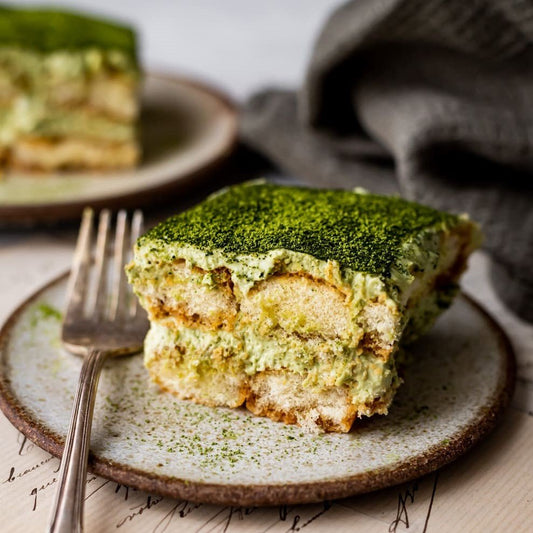Tea Diversity and the Special Place of Oolong Tea
Tea has been a popular beverage for centuries, and its remarkable benefits have caught the attention of many tea enthusiasts worldwide. From green tea to black tea, white tea to matcha tea, each type of tea offers unique taste and aroma. Distinctively delicious, oolong tea has made its mark. In this blog post, we'll uncover everything you need to know about oolong tea and how it differentiates from others.
Understanding Oolong Tea: A Unique Flavour Profile
Oolong tea is a traditional Chinese tea with semi-oxidized leaves, producing a unique flavour, somewhere between black tea's fruity aroma and green tea's herbal essence. Oolong tea's oxidation range is 8-85%, leading to a varied taste profile.
Comparing Green and Black Tea: Oxidation and Flavour
Contrarily, green tea doesn't undergo oxidation and has a grassy flavour, while black tea, with the highest oxidation level, has a stronger and bolder taste. The method for each imparts a distinct richness or freshness.
White Tea: Delicate and Mellow
White tea, on the other hand, is the least processed tea type. Harvested before the buds open, it is minimally oxidized, resulting in a delicate, mellow taste.
Oolong Tea's Distinctiveness: Semi-Oxidation and More
Apart from other tea types, oolong tea remains unique due to its semi-oxidation. Its mood-stabilizing effects, calming properties, cholesterol reduction, and metabolism enhancement further set it apart.
A Perfect Balance of Flavour and Wellness
In conclusion, oolong tea offers a perfect balance for those wanting something unique and moderately bold. Unlike other tea types that undergo complete or no oxidation, oolong tea sits in the middle range. Its uplifting properties make it an ideal choice for wellness routines. So why not brew yourself a cup of oolong tea and savour the flavours?




